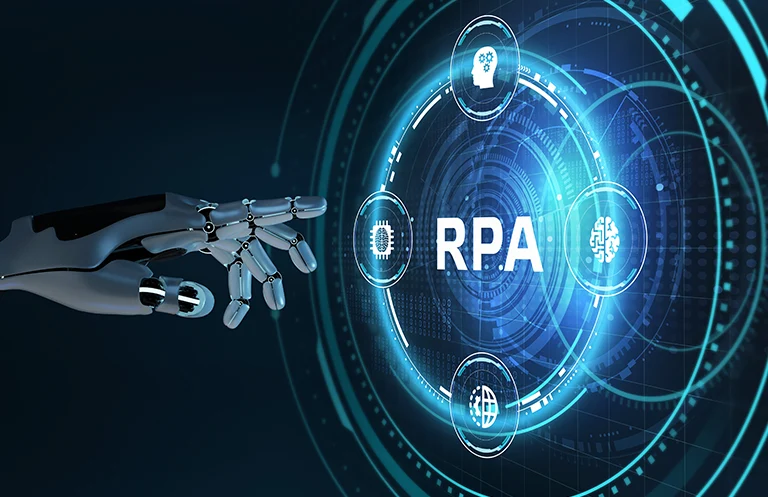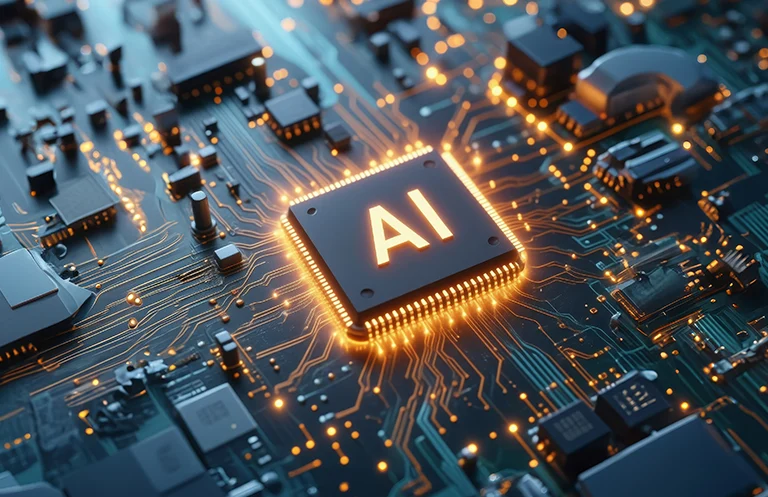
AMR Reorientation: The Power of YOLOv8 and ROS2 for Precise Object Detection and Tracking
Introduction: Autonomous Mobile Robots (AMRs) are redefining industries, from logistics

Introduction: Autonomous Mobile Robots (AMRs) are redefining industries, from logistics

Digital transformation is an important but difficult undertaking for organizations looking to remain competitive. It entails not just implementing new technologies, but also rethinking operations, encouraging collaboration, and overcoming challenges such as legacy systems, skill shortages, and security issues. Financial restrictions, regulatory compliance, and changing customer requirements all complicate the process. Success necessitates strategic planning, cultural shifts, and investments in talent and modern technology. Addressing these difficulties allows firms to realize the full potential of digital transformation and survive in a changing market.

Description In case of embedded devices or applications, throughput plays

What are the commonalities among data entry mistakes, laborious workloads,

Exploration is a crucial aspect of autonomous navigation in robotics. Simultaneous Localization and Mapping (SLAM) is a fundamental technique that enables robots to navigate and map unknown environments. Visual Simultaneous Localization and Mapping, or Visual SLAM (VSLAM), is a specific type of SLAM that enables robots to map their surroundings and estimate their own position, i.e., odometry, in real-time using visual input from cameras.

Simulated data is increasingly popular for training and deploying deep learning models. Advances in simulation technology enable generating realistic synthetic data for applications such as robotics, autonomous vehicles, and computer vision. Although simulated data is cost-effective and efficient, deploying models in the real world requires careful consideration of transferability and generalization.

Autonomous mobile robot (AMR) navigation relies heavily on visual SLAM, which stands for visual simultaneous localization and mapping. This technique uses a camera to estimate the robot’s position while simultaneously creating a map of the environment. Visual SLAM is crucial for Mars exploration devices, unmanned robots, endoscopy, and vacuum cleaning.

ROS is an open-source framework that simplifies the development of complex robotic applications. It utilizes a distributed architecture that facilitates communication between various software components within a robot’s system.

The article discusses the benefits and challenges of combining Blender and Nvidia Isaac Sim to create realistic simulations for robotics applications. By integrating Blender’s 3D modeling and animation capabilities with Nvidia Isaac Sim’s simulation software, more detailed and accurate models can be developed for testing and refining algorithms. Additionally, synthetic data generated from Nvidia Isaac Sim can be used to train deep perception models, which reduces the time and effort required to gather and annotate datasets.

This blog is the second part of a two-part series where we will introduce the usage of sensor fusion in Autonomous Mobile Robots (AMRs) that are enabled to work with ROS (Robot Operating System) 2. In the first part, we introduced sensor fusion, briefly covered a sensor fusion algorithm called EKF (Extended Kalman Filters), and then walked through some of the experiments we did in simulation and on our AMR.
Schedule a 30-minute consultation with our Automotive Solution Experts
Schedule a 30-minute consultation with our Battery Management Solutions Expert
Schedule a 30-minute consultation with our Industrial & Energy Solutions Experts
Schedule a 30-minute consultation with our experts


